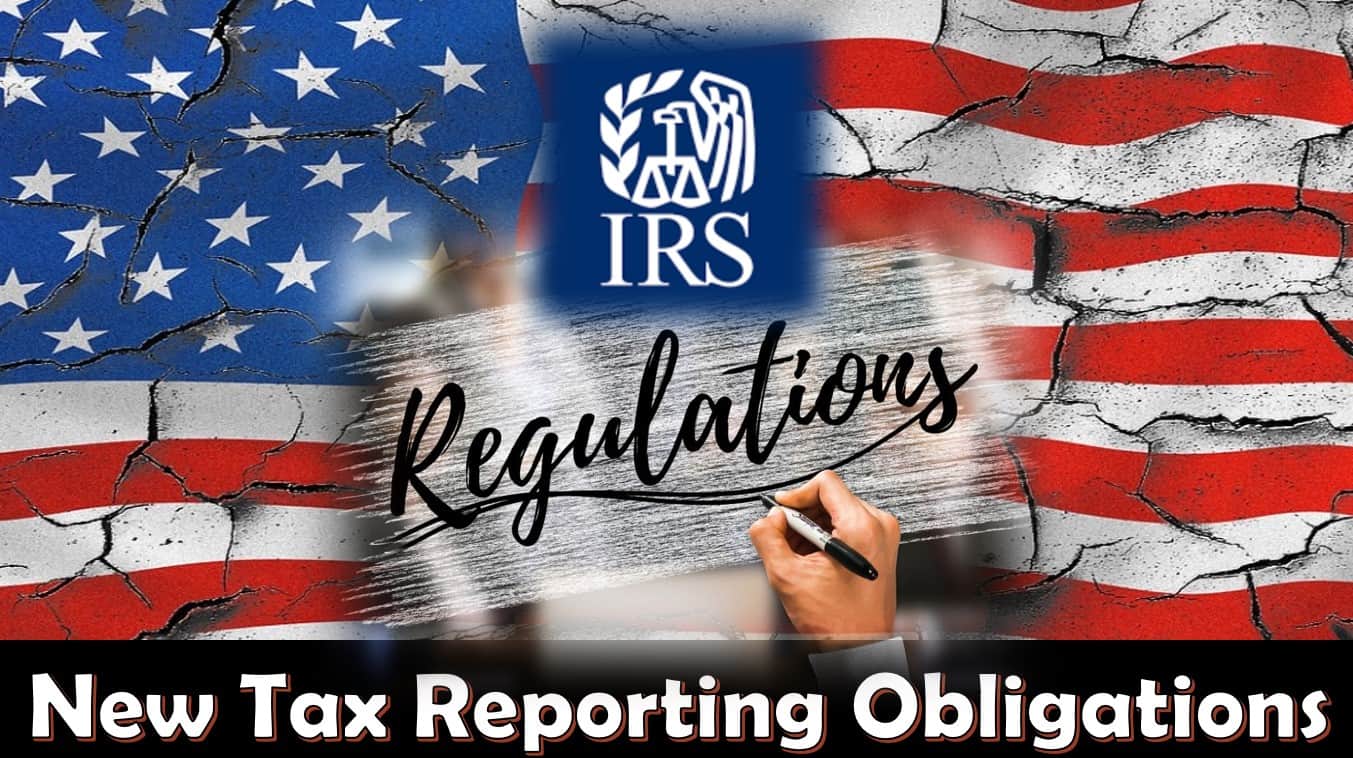
Allocate Wisely: How Much of Your Portfolio Should Go To Crypto?
Last updated on August 11th, 2023 at 03:41 pm
Investing in cryptocurrency is becoming an increasingly popular financing strategy and for many savvy investors, it’s a lucrative option. However, determining what percentage of your investment dollars should go to crypto is often up for debate.
Top financial experts say people should consider investing between 1-5% of your total portfolio to crypto assets. Price volatility, regulatory ambiguity and other factors makes cryptocurrency a risk-on asset. That means the exact amount in your portfolio should be determined by your personal level of risk tolerance.
However, investing in crypto investing isn’t as easy as it seems. Conducting your own research first and then thinking carefully about how much money you should put in at one time is crucial.
Before investing any amount of money into crypto, make sure you fully understand the process and know exactly how much risk you’re willing to take on when diving into this volatile asset class.
So let’s discuss why you should have crypto as part of your portfolio, the risks involved, as well as how much you should consider adding.
- Why Add Cryptocurrency To Your Portfolio
- Crypto Asset Investment Risks
- Crypto Asset Allocation
- Asset Allocation Recap
Before investing in cryptocurrency, remember, this is NOT financial advice, I am NOT a financial advisor. You need to do your own research (DYOR) before investing and don’t invest money you can’t afford to lose. The results that I have experienced does NOT guarantee you will have the same outcome.
Why Add Cryptocurrency To Your Portfolio
Let’s be honest… you probably already know that adding cryptocurrency to your overall portfolio is a good idea or you wouldn’t be reading this article.
That being said, adding cryptocurrency to your portfolio is a great way to diversify and potentially increase returns on your investments.
Cryptocurrency has been on an upward trend in recent years. Even with drops of up to 95% from all-time high prices, the potential for investing and obtaining amazing gains remains possible.
Additionally, in recent months, cryptocurrency is often less correlated to other asset classes, meaning it can provide some insulation against downturns in traditional markets.
If you want to know more about this, read my article about investing in crypto during a recession.
Furthermore, by investing in cryptocurrency, investors are able to gain exposure to a new and exciting market. This new asset class has the potential for gains that might not be available with more traditional investments.
However, as with all investments, there are risks to consider and other factors that should be entertained before you begin.
Crypto Asset Investment Risks
When investing in cryptocurrency, it’s important to understand the risks involved. Overall volatility, ambiguous regulations and potential tax implications are among the challenges investors can face.
While this can be true in many markets, for those of us who put our money in cryptocurrency, we have the potential to gain or lose quite a bit of money quickly.
So let’s take a look at some of the risk factors.

Volatility
Even when the cryptocurrency market seems to exhibit stable conditions the potential for rapid and unpredictable price swings is there.
Because price volatility can lead to significant losses, you should consider some options to help reduce this risk factor. These options include diversification and dollar cost averaging.
While diversification often refers to investing in different asset classes and markets, when speaking about crypto investing, it means spreading your money across a variety of crypto assets in different categories.
If you’re completely new to cryptocurrency investing or unsure about what you should consider investing in, my article the beginner crypto portfolio can help.
Additionally, you may want to consider dollar cost averaging as another way to mitigate the effects of price volatility. This strategy allows you to slowly accumulate your crypto portfolio over time and can help reduce the effects of any market volatility.
While dollar cost averaging is likely a strategy you’re already using in other investment vehicles, you can learn more about it here.
While the volatile price action of crypto is a primary consideration, the fact that there is still limited regulation in the crypto space can also add to investment risks.
Cryptocurrency Regulation

For those of us who love freedom and having the ability to invest as we please, the lack of regulation in the cryptocurrency space provides an immense level of autonomy.
Unfortunately this lack of clarity creates an environment where investors are less protected from potential risks. That’s why crypto is often referred to as the wild west.
This has been proven true many times. Investors in the space have often been made vulnerable to fraud or manipulation by malicious actors.
These bad actors come in all shapes and sizes and have parted investors from their crypto in many ingenious ways.
Some have created Ponzi scheme type projects like BitConnect or misappropriated customer funds and ultimately file for bankruptcy as with Celsius Network.
Or, if you ask me, conduct what is probably the most collusive scam in the space to date, the collapse of the FTX cryptocurrency exchange. This manipulation had its tentacles into politicians, as well as those who are going to regulate this space.
However, while this lack of regulatory clarity may make investors vulnerable to scams, it opens investors up to an even more disturbing hazard, taxes.
Tax Implications
While CryptoCoinMindSet is written from the perspective of someone living and investing in cryptocurrency from the United States, I realize that there are people from other countries who visit this website.
So, as we discuss potential tax implications of investing in crypto, realize that every country has differing laws related to crypto.
Some countries favorable to cryptocurrency include El Salvador, who was the first country to make Bitcoin legal tender, Venezuela, Uruguay, Paraguay and Portugal.

Other countries take a less favorable stance toward crypto adoption and usage. Those include South Africa, the EU, Estonia and China.
As of this writing, in the United States, cryptocurrency is considered property. As such, it is subject to Capital Gains Taxation.
This means that each time an investor sells or transfers crypto assets, they must report this activity to the IRS (Internal Revenue Service).
The total amount of tax owed depends on several factors including how the asset was acquired and what their total gains or losses were over the course of the year.
Additionally, another crypto related tax situation is when cryptocurrency is earned while performing services. This is also considered taxable as income which must be reported.
Doing your crypto tax research before you begin investing will save you time and money in the long run.
Remember, it’s important to consult with a tax professional regarding cryptocurrency taxes in order to ensure that you are compliant with all applicable laws.
Crypto Asset Allocation
When it comes to allocating your portfolio, it is important to match your individual risk tolerance and appetite for volatility.
After you evaluate your risk tolerance, the amount of your total portfolio allocated to crypto assets will depend on how diversified your other investments are, as well as the potential rewards that come with investing in the specific cryptocurrency projects or sectors that show growth potential.
As I mentioned earlier when we were discussing risks, diversification can also help.
Finding the right portfolio allocation through this method includes investing outside of the cryptocurrency space. But more than that, finding the best allocation for the current market situation as well as long term macroeconomic factors within the space.
Researching cryptocurrency projects should precede investing any amount of money. This is an extensive process and involves reviewing many different considerations.
The results of this research will provide you a list of projects that survive your scrutiny. Then by relating against current market conditions as well as future market projections, you will have an even shorter list of investment options.
These remaining results should then be filtered through your personal risk tolerance profile. At this point, the remaining projects should be the ones considered for your investment portfolio.
For more detailed DYOR methods start here.

Other Crypto Allocation Considerations
While the methods we just discussed above will help you to narrow the field of potential crypto asset investments, there are a couple of other things you can do to maximize your potential results.
Establish an Allocation Percentage
Whether you’re investing in cryptocurrency or any other market, you need to determine what percentage of your income is going where.
But most importantly, this is something that should be determined in advance.
When it comes to percentage allocation as it relates to investing in cryptocurrency, this is a very personal decision. All of the factors related to your personal risk tolerance make this decision more art than science.
That being said, there is some science to the decision.
You can come to a decision about how much to invest where, by following all the items we’ve previously discussed to help reduce risk.
However, if you need more insight, perhaps the Time Magazine, NextAdvisor interview with financial professionals from August 2021 will help.
In this interview these top financial experts were asked how much of a person’s portfolio should be made up of cryptocurrency. After discussing their overall thoughts, the average they suggested was between 1-5%.
However, once you’ve decided what percentage should be allocated to crypto, you then need to decide how that will be broken down and invested into which cryptocurrencies.
I discuss a general asset allocation distribution in greater detail in my ebook, Cryptocurrency 101: Cryptocurrency & Blockchain Basics For Your Freedom.
Once you’ve decided how your money is going to be distributed you’re not finished. Now the work begins… it’s time to monitor and redistribute your investments.
Monitor Asset Performance
The truth is that once you make any investment, the work is just beginning. It’s prudent to track the performance of the asset you’ve invested in and determine if a buy, sell or hold strategy.
Unless you’re paying someone else to do it, you need to take control. Honestly, one of the main ideas behind the cryptocurrency space is being your own bank.
So, why relinquish this very important task to someone who, no matter how much you pay them, will never care for your funds the same way you do?
Monitoring your investments to ensure that overall they are moving in a positive direction is key. Let’s face it, every market and every asset has their ups and downs.
In order to help you analyze each investment properly you need to know what your time horizon is. In a nutshell, this is the period of time that your investment will be left to mature.
This coupled with a macroeconomic outlook will help you determine if your timeline on a particular investment is short-term or long-term. With this knowledge, you’ll understand better how to react to any changes.
Ultimately, the longer the time horizon is for your cryptocurrency investments, the less likely you are to be adversely affected by market volatility.
Asset Allocation Recap
Again, if you’re already here, the likelihood is high that you already understand that cryptocurrencies such as Bitcoin and Ethereum have become increasingly popular investments. But deciding how much of your investment portfolio they should take up is a personal decision.
As I’ve mentioned above, top financial professionals interviewed believe that a 1-5% allocation is a safe bet. However, how you allocate that percentage across the cryptocurrency space is another matter.
You can find out my thoughts about allocation of crypto investments in my ebook, you can find that here. However, if you want to see the cryptos that are considered to be best for beginners, you can do that here.
Making your own investment decisions after DYOR is key to your success. By learning more about the potential benefits and risks related to crypto investments, you can make an educated decision about how much crypto should be in your portfolio as well as where it should be allocated within the crypto space.
Disclaimer
The information provided here is for INFORMATIONAL & EDUCATIONAL PURPOSES ONLY!
View our complete disclaimer on our Disclaimer Page








